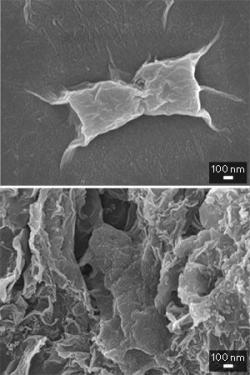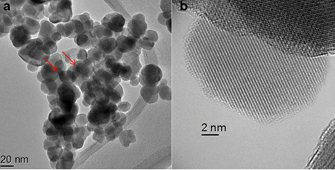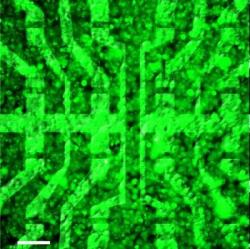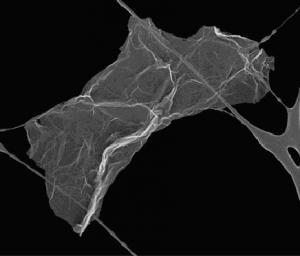Graphene with Graphone domains can be used to pack molecules
Researchers from Singapore's A*STAR institute and the US have designed a new way to pack molecule using graphene and graphone (graphene that is hydrogenated on one side) structures. The idea is to use a graphene sheet with a graphone domain that can be used to trap molecules. This is achievable because the graphone region is distorted in 3D to form a cap shape and it is stable well above room temperature.
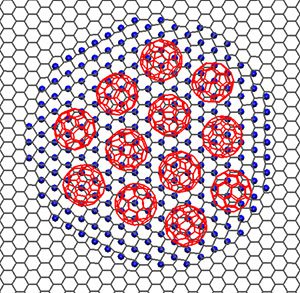
In the research they used fullerenes as model molecules. It turns out that you can trap several molecules in the same graphone domain. This kind of structure can be useful for energy storage or biological applications.



